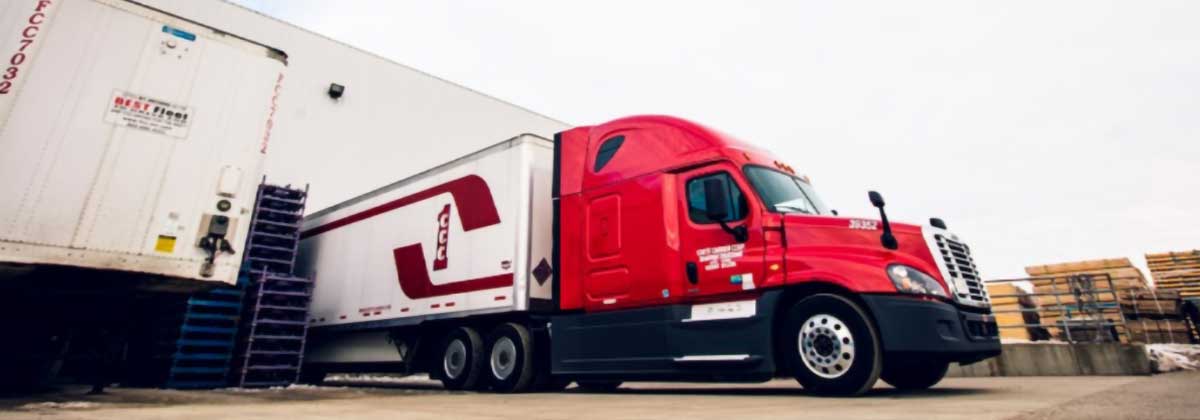“The most valuable thing to a driver is their time. So how can we use tools out there to maximize the use of that driver’s time?”
–Tim Aschoff, Crete Carrier President and COO
The first lesson I learned in economics class is supply and demand. In a growing economy, more people are working and have the income to buy things. Manufacturers increase production to meet consumer demand. They need to ship those goods to their customers, increasing demand for transportation services, like trucking. That’s where we’re at right now.
But the trucking industry is facing a shortage of 50,000 drivers according to the American Trucking Associations. Carriers can’t just hire more drivers to meet demand—though we’re all trying. The challenge we’re facing today is leading forward-looking companies at all levels of the supply chain to look for new ways to work together.
“People beyond our industry are seeing the true need for more drivers out there because they’re not able to get trucks. Which really means they’re not able to get drivers to move their freight in a timely fashion or they’re paying a very high cost,” said Crete President Tim Aschoff.
These challenges have led to conversations with shippers and receivers about ways they can work with Crete and Shaffer to retain and attract more drivers. “We’re able to say “help us” and people are listening,” said Aschoff.
Part of the answer is increasing shipping rates. “Fortunately we’ve been working with customers to get rate increases which we are able to pass along to our drivers,” said Aschoff.
But Aschoff says improving the driver experience is another key factor.
“We’re talking with a lot of people about respecting a driver’s time—reducing the frustrations drivers experience,” said Aschoff. “How do we best use their time? How do we reduce delays that have a big impact on drivers?”
In the current economy, Aschoff says more customers are seeing the value of working with Crete and Shaffer to make drivers more productive.
“It’s certainly making shippers and receivers look at how they’re doing business and how they can do it more efficiently with us, as carriers,” Aschoff said.
Aschoff says by reducing delays experienced by drivers, shippers and receivers can have a positive impact on the driver shortage. By removing some of the unnecessary frustrations of the job, more drivers will feel better about their jobs, stick with the business and recommend it to others.
“We focus on making the driver successful because we know if we make the driver successful we’re satisfying our customers’ needs, meeting our safety goals and we as a company are successful.”



